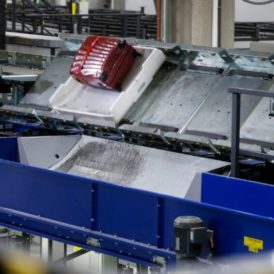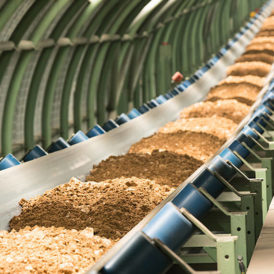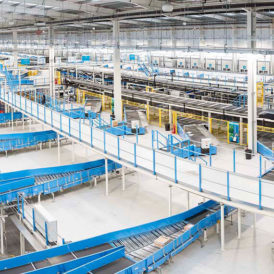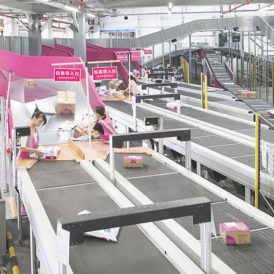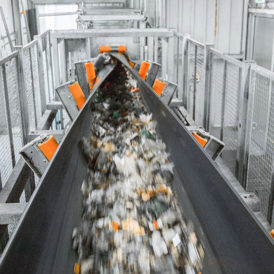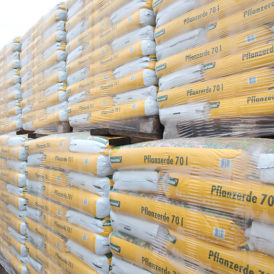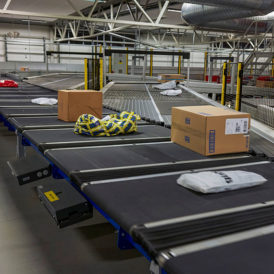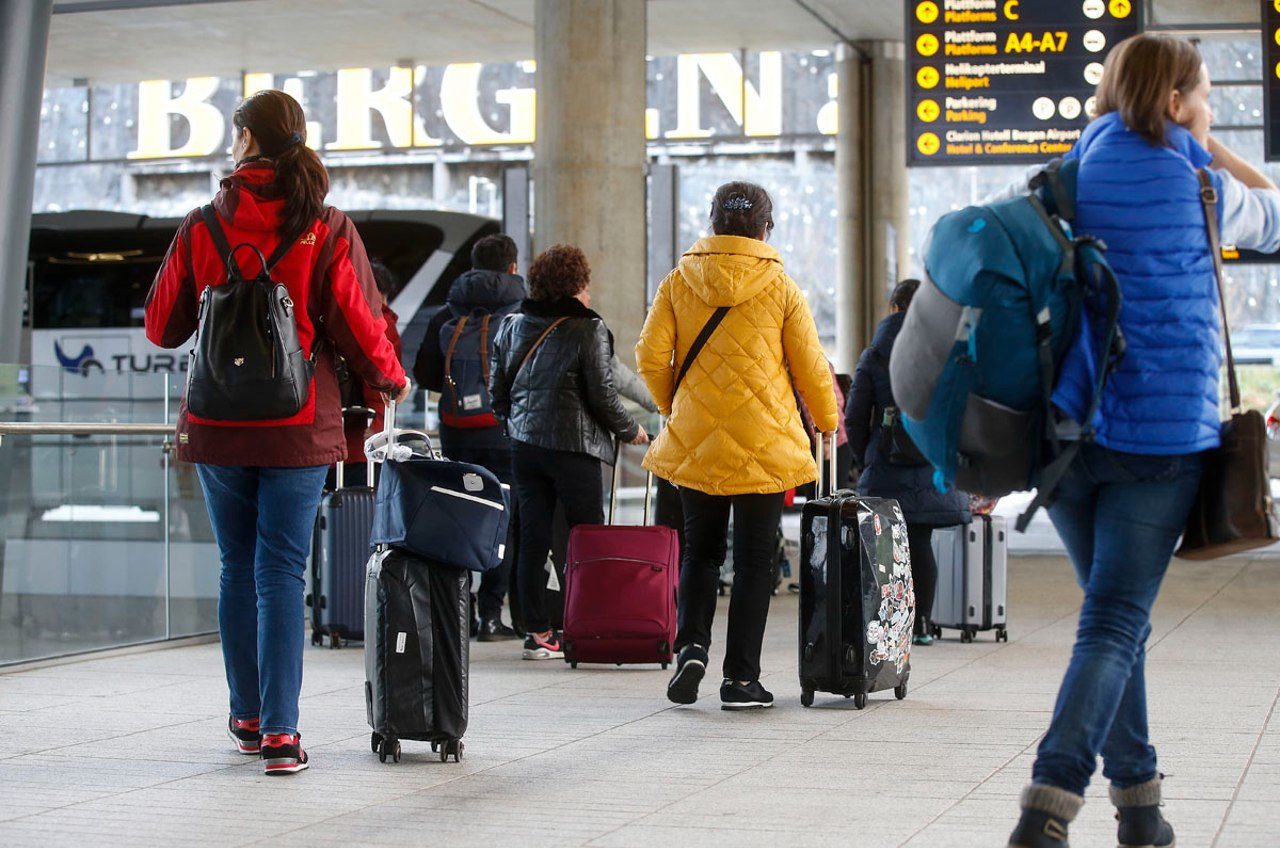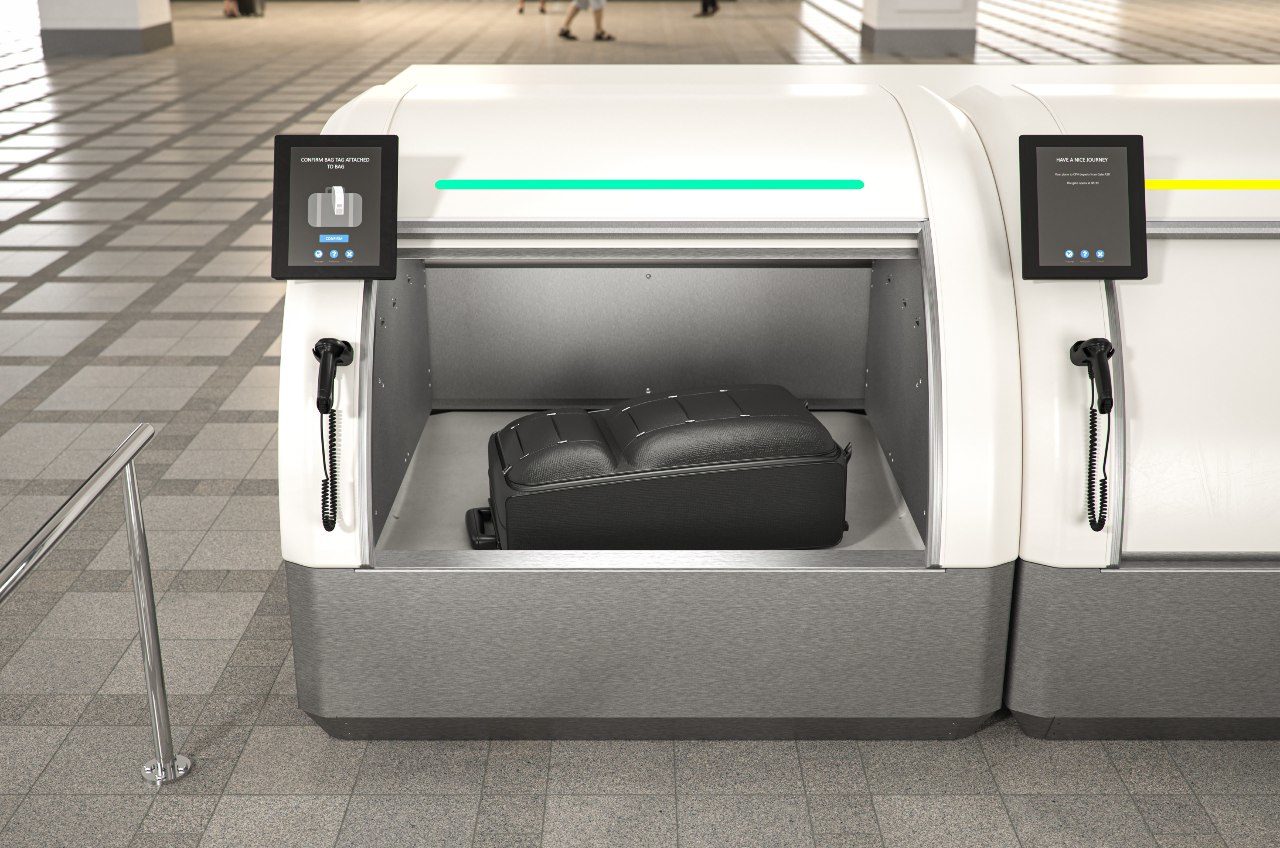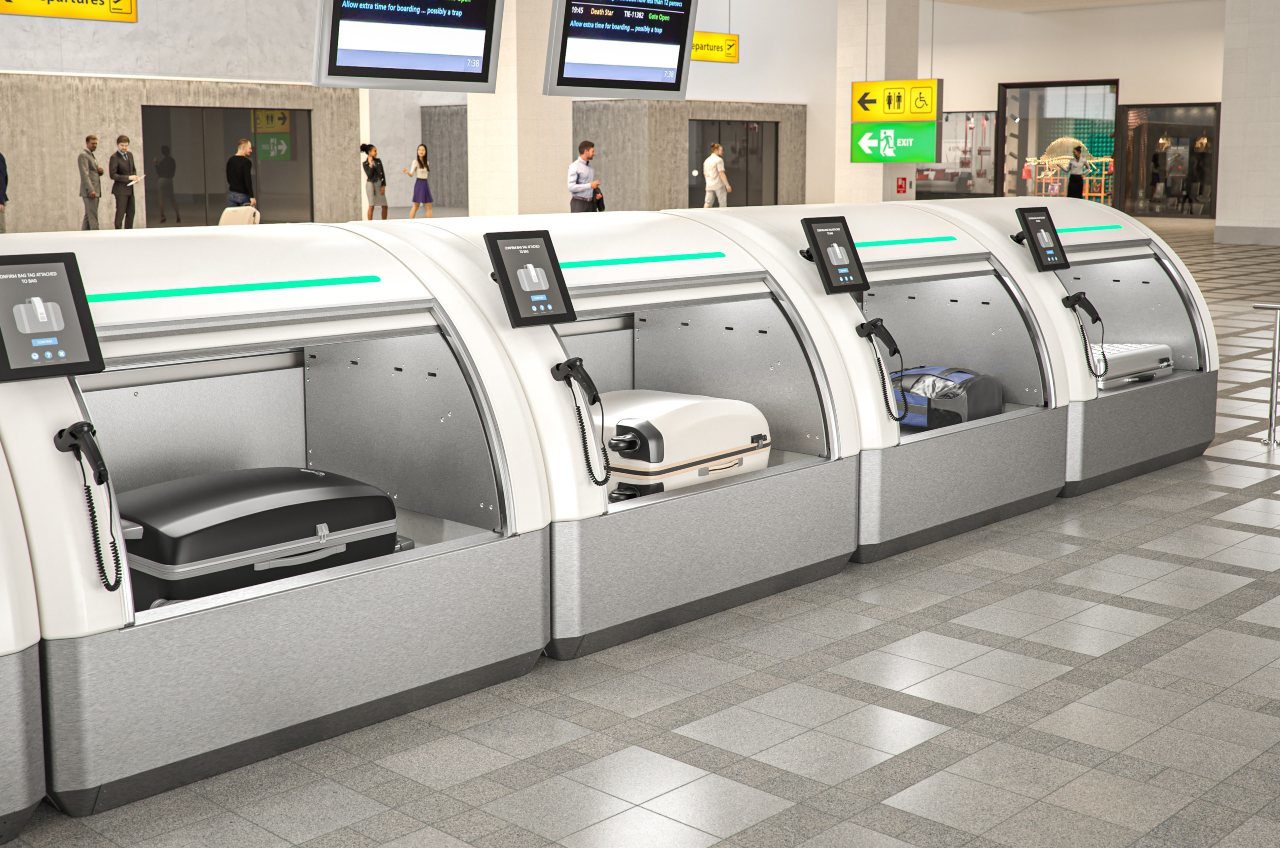The perks of baggage claim on Demand
There will be many pluses to the on-demand baggage claim process. Clearly, it offers the passenger both flexibility and visibility to their baggage’s journey and whereabouts. They will be able to learn the exact location of their baggage and track it in real time, especially as inflight wifi becomes a regular feature.
But there’s so much more than that. For the airport, there are many advantages of baggage claim on demand.
Reduction of lost baggage claims
With on-demand baggage claim, it will be possible to reduce the risk of theft or passengers reclaiming the wrong bag to zero. This will be equally true for those reports made in error by passengers who think their luggage is lost but in fact, has yet to arrive. Extending 100 percent traceability to the baggage reclaim area will also reduce the relatively high number of missing-bag reports and the cost involved to recover and reunite passengers with their lost luggage. Moreover, airports will be able to determine custody of every bag during the last phase of the baggage handling process in compliance with IATA Resolution 753.
